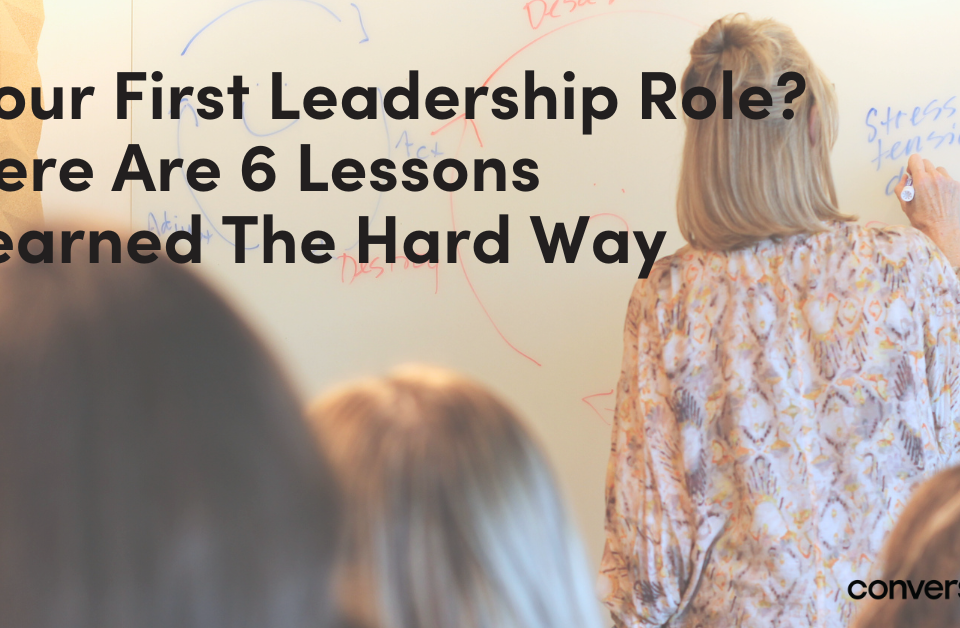 By now we have all heard about recent announcement that Microsoft has acquired LinkedIn. The looming question, however, is how successful will the merger be? Even the press release alludes to some confusion over how the two companies will successfully come together. Will they remain separate and distinct or come together to accelerate the growth of both brands?
By now we have all heard about recent announcement that Microsoft has acquired LinkedIn. The looming question, however, is how successful will the merger be? Even the press release alludes to some confusion over how the two companies will successfully come together. Will they remain separate and distinct or come together to accelerate the growth of both brands?
The technology and product decisions in merging organizations, while challenging, are often the most straightforward part of the work. The area where the success of the effort can be unhinged is in whether the cultures come together quickly and coherently to create value for customers, employees, and other key stakeholders.
The most essential work begins with alignment at the top of the organization as well as with the merger integration team leadership. Here are the top 9 things Microsoft and LinkedIn can do to quickly come together:
1. Evaluate current cultural state in both organizations – Even when it may seem that the cultures of the two organizations are very similar or the same, they usually are not. A best practice in merging two organizations is to learn by focus group and interviews with key leaders from both organizations, where they see their organization’s strengths and weaknesses, as well as how they see the other organization. Develop a shared view of the integrated firm and what values, culture are important to the organizations identity and way of operating.
2. Determine what history to bring forward – Once evaluation of current state is complete, conversations can be created that help clarify what is important to bring forward into the future of the integrated organization. The mistake many organizations make is to focus only on what to change and inadvertently let go of that which has served them well in the past.
3. Identify what to co-create going forward – Once it is clear what to bring forward from the culture of both organizations, a conversation can be facilitated on what to accomplish together. If done well, this can energize and further align the two organizations as they work to complete the integration.
4. Engage culture champions – In every organization there are formal as well as informal leaders who have credibility with employees and who role model the values of the organization. Creating a process whereby they can play a role in communicating, influencing, and helping adjust the process is important. This does not require they be dedicated to the integration, but it does require they have bandwidth to engage with the integration office and the senior leadership around the work of the integration.
5. Communicate vision, purpose and design rules – The identified culture champions need support in sharing the vision, articulating the vision and explaining the design rules of the integration. The level of support can vary, but ideally they have the tools and forums they need to engage their teams and peers in understanding what the integration can mean to them. They model listening and invite conversations that will create value for the organization and the integration effort.
6. Model desired behavior – Leadership capacity building can support the culture champions in their integration role. Workshops and forums that allow this group to explore their role in building alignment throughout their teams will usually not only build greater awareness and skills but also create support and energy for their role in the integration.
7. Create conversations that matter – It is often helpful to not only have others informally invite conversation but also to create forums where employees know they can hear the latest integration updates as well as talk about the impact of the integration plans, outcomes, and future direction. Creating the space whereby these are truly dialogic vs. just ‘tell’ sessions is essential for buy-in and contribution of the broader employee base.
8. Adjust, adjust, adjust – Conversations to adjust and learn should be occurring throughout the integration process, learning and insight gained from an integration effort can be harvested for years to come. Learning should also be formally captured in some way to inform future strategic decisions around organizational changes and integration.
9. See the challenge and opportunity as continuous past the official ‘merge date’ -Organizational integration initiatives unleash a lot of energy, action and learning. Smart organizations will create new processes to build an agile enterprise through this effort. They will follow up with forums and practices that continuously invite contribution from their employees in creating a high performing future. Without this, people can fall back into pre-merger work patterns that may not capitalize on the synergy of the new enterprise.
Both Microsoft and LinkedIn are impressive companies. We certainly hope their merger is successful and allows them to connect more deeply with their clients and provide even greater value.



